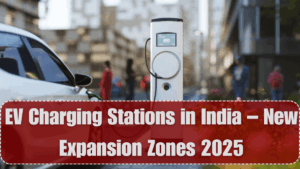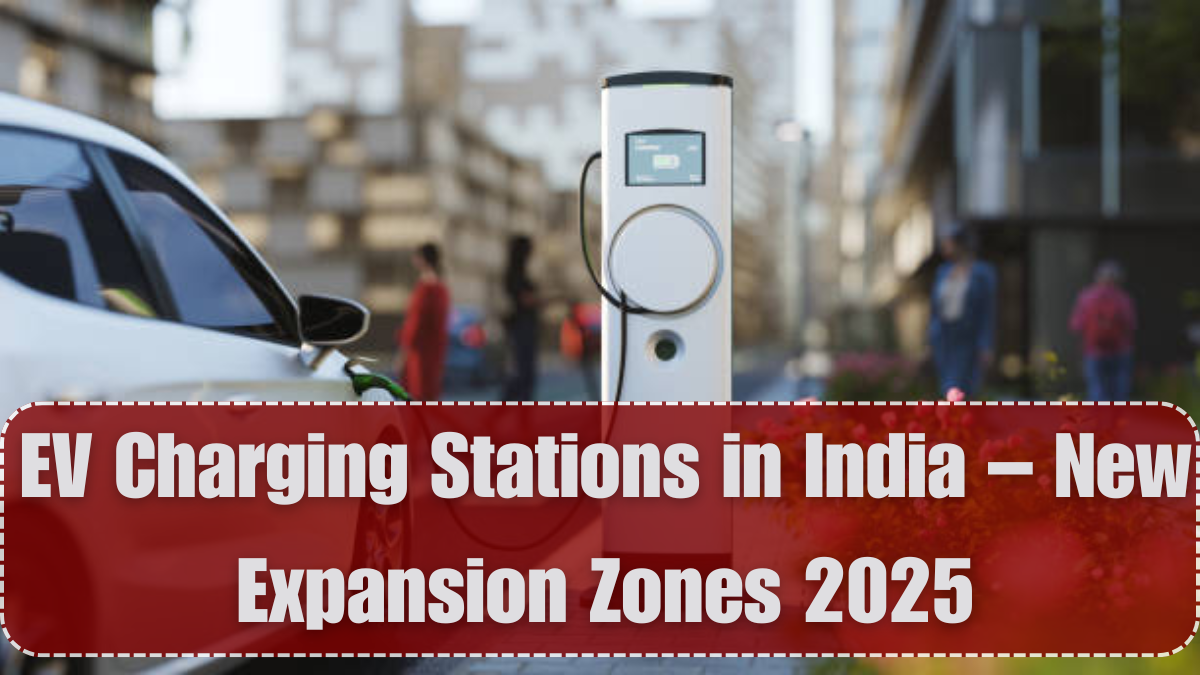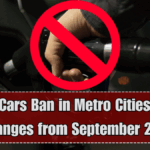The EV charging stations India 2025 rollout has taken a major leap forward this year, with the Indian government announcing a new phase of infrastructure development that covers additional cities and national highways. As electric vehicles become increasingly popular among private buyers and commercial operators, the need for a widespread, accessible, and efficient charging network has become a national priority.
This latest expansion focuses not only on metro cities but also on Tier-2 and Tier-3 towns, making it easier for EV users to travel long distances without worrying about range anxiety. The expansion is part of the national push to strengthen EV India infrastructure and make sustainable mobility a reality for all.
With a surge in adoption of future cars and government-backed policies favoring zero-emission transport, this step is both timely and necessary. Here’s everything you need to know about where new charging stations are being set up and what this means for EV users.

New Cities and Highways Covered in 2025
Under the EV charging stations India 2025 initiative, the government has launched over 2,500 new charging points across 50+ cities and major inter-state highways. The Ministry of Power and Ministry of Heavy Industries have worked in coordination with private players to identify high-density traffic zones for deployment.
Some of the key cities added in 2025 include:
-
Lucknow
-
Indore
-
Kochi
-
Nagpur
-
Patna
-
Bhubaneswar
-
Guwahati
-
Surat
-
Bhopal
-
Vishakhapatnam
These cities are now part of the national EV corridor, equipped with both fast and slow charging stations for two-wheelers, passenger EVs, and commercial vehicles.
Additionally, the following highways now feature public charging infrastructure every 30–50 kilometers:
-
Delhi–Amritsar Highway
-
Bengaluru–Hyderabad Highway
-
Mumbai–Nagpur Expressway
-
Kolkata–Patna Route
-
Chennai–Coimbatore Corridor
This ensures seamless long-distance travel for EV India drivers.
Types of Charging Stations Introduced
The 2025 phase of expansion isn’t just about quantity — quality has improved as well. The EV charging stations India 2025 upgrade includes multiple types of charging units to accommodate different user needs.
| Charging Type | Power Output | Use Case |
|---|---|---|
| Type-1 AC Charging | Up to 3.3 kW | Two-wheelers, private cars |
| Type-2 AC Charging | Up to 22 kW | Home and workplace use |
| DC Fast Chargers | 50–150 kW | Commercial cars, taxis, fleets |
| Ultra-Fast Charging | 350 kW+ | Inter-city travel, expressways |
This diversity ensures that both budget and premium EV owners have reliable options wherever they go.
Government and Private Collaboration
The expansion under the EV charging stations India 2025 initiative was made possible by collaboration between government agencies and private operators. Key policies from FAME-II, the PLI Scheme, and Green Energy Corridor funding have allowed smoother licensing and land allocation.
Private companies like Tata Power, ChargeGrid, Statiq, and BPCL EV have also participated heavily by:
-
Setting up public-private partnership charging hubs
-
Providing subscription-based models for home charging
-
Offering app-based navigation and booking of charging stations
This wave of investment reinforces India’s journey toward clean energy and future cars, offering users a smarter and more eco-friendly driving experience.
What This Means for EV Users
With more EV charging stations India 2025 now live, electric vehicle owners in smaller towns and highways can enjoy:
-
Reduced range anxiety
-
Faster travel times with fast-charging units
-
Access to charging via mobile apps
-
Lower operational costs compared to petrol/diesel
-
Contribution to zero-emission goals
More importantly, these stations now offer compatibility with most EV brands including Tata, Mahindra, Hyundai, MG, Kia, and BYD — supporting both Indian and international models.
If you’re planning to switch to an electric vehicle, 2025 is the perfect time. The infrastructure is growing faster than ever, and EV India is now more connected, reliable, and prepared for the future.
FAQs
What is the EV charging stations India 2025 initiative?
It is a government-led program to expand public EV charging infrastructure across major Indian cities and highways by deploying over 2,500 new charging stations.
Which cities are newly added under the 2025 plan?
Cities like Lucknow, Indore, Kochi, Patna, and Bhubaneswar are now covered under the EV charging stations India 2025 program.
Are fast chargers available in the new stations?
Yes, both DC fast chargers and ultra-fast chargers have been installed, especially on highways and inter-city routes.
How do I find these charging stations?
You can locate and book charging stations using apps like Tata Power EZ Charge, Statiq, and other aggregator platforms.
What benefits does this bring to EV owners?
EV users benefit from faster charging, reduced costs, wider coverage, and improved support for long-distance travel — making EV India more practical and efficient.
Click here to know more.




